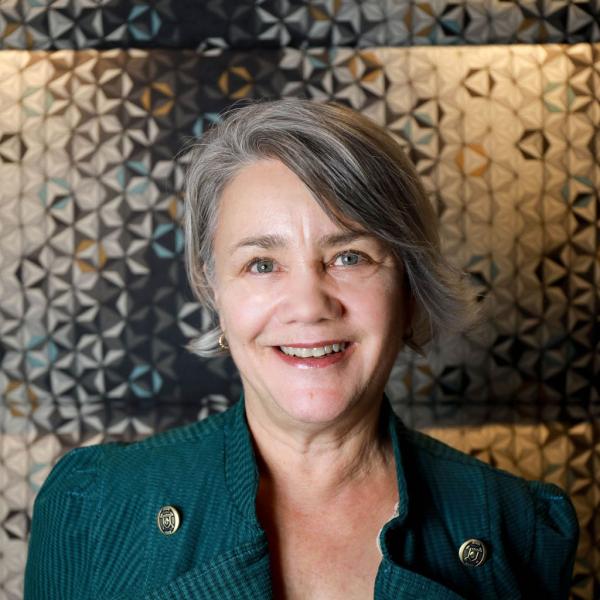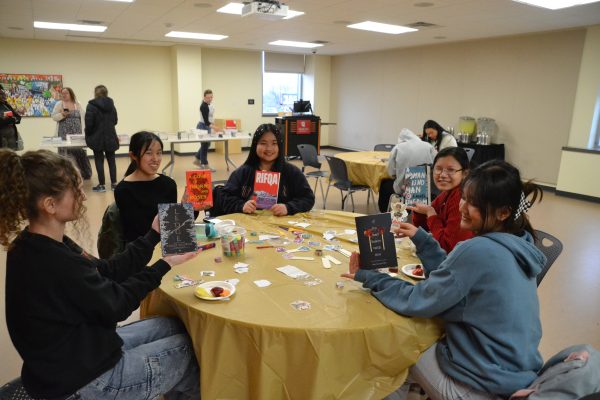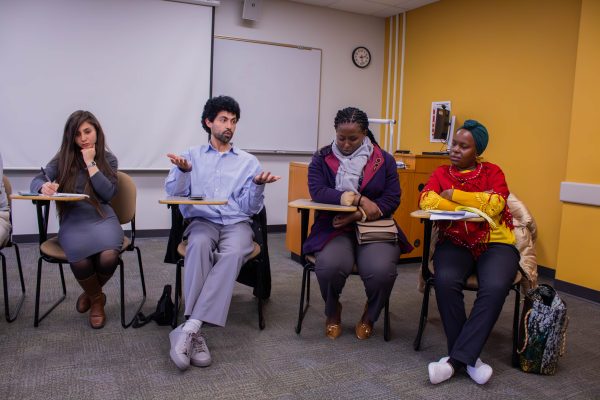How deep is Hamline’s commitment to community?
Commitment to Community may experience changes after criticisms of recent FYSem panels.
October 23, 2019
The future of Commitment to Community (C2C) is under examination after faculty panels held prior to its keynote address missed their mark.
The panels, held on Oct. 2 and 3, were attended by first-year students during FYSem class time. They were intended to prepare students for Jeff Chang’s speech on the intersection of hip-hop and race and to raise the issue of poverty’s criminalization, a theme of the Common Read, “On the Come Up.”
Students criticized the panels for failing to incorporate the voices of people of color, who are particularly affected by many of the issues connected to the topics discussed. With the exception of Vice President of Inclusive Excellence David Everett, who joined Oct. 3’s panel after hearing feedback from the campus community, all participants were white.
“I inserted myself on that panel for [Oct. 3], hoping to kind of bring another perspective that could make a direct connection from an experiential standpoint,” Everett said.
The other panelists were recruited by FYSem director Andy Rundquist through an email request, based on their expertise with relevant topics, like hip-hop and the criminalization of poverty. No one who wanted to be a panelist was turned away.
Jane Turk, the Center for Teaching and Learning’s director, also assisted in assembling the panels. She acknowledged that faculty and staff demographics were incongruent with the increasing diversity of incoming classes and that the representation controversy was somewhat anticipated.
“I really appreciated the forthrightness of students in pointing [the disparity] out,” Turk said, adding that, “to ask, over and over and over again, faculty of color to do that representational labor, is also not a fair answer.”
Timing also contributed to the mixed response to the panels. They were held shortly after several racist incidents involving first-year students, which were addressed in a Sept. 30 email from President Miller.
Although the panels were organized several weeks before those events and were not intended as a further response, this was not communicated clearly to students.
“The reality was [the email] was on the top of peoples’ minds, and I think we had a responsibility to address it,” panelist Jim Scheibel said.
After receiving community feedback, Everett called for C2C to return to its student-led origins.
“I would love to see it pretty much be 100% student-led and driven,” Everett said. Though faculty and staff could advise, “as far as identification of themes and topics and speakers, what that looks like and how to shape it, I would like that to be totally driven by students.”
C2C was launched in 1997 by undergraduates, but over the years it became more faculty-led. Last year it came under the leadership of the newly-established Office of Inclusive Excellence. During this transition, a C2C-related student worker position was eliminated.
Currently, the C2C committee includes one student, senior Emily Lincoln. Lincoln was involved in choosing the C2C speaker but played no role in organizing the FYSem panels. She believed making C2C more student-led could help broaden its engagement.
“I’m excited for the opportunity for Hamline to reach out into the community and make this more than an event for first-years,” Lincoln said.





